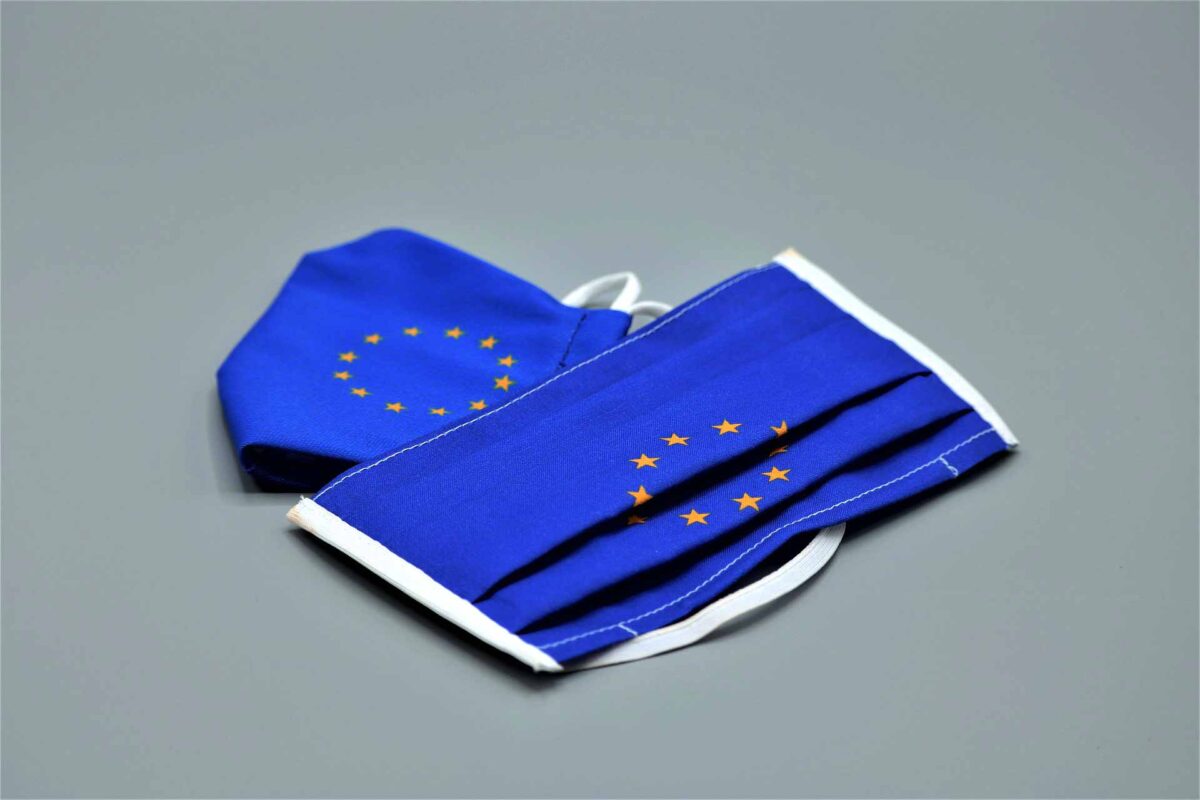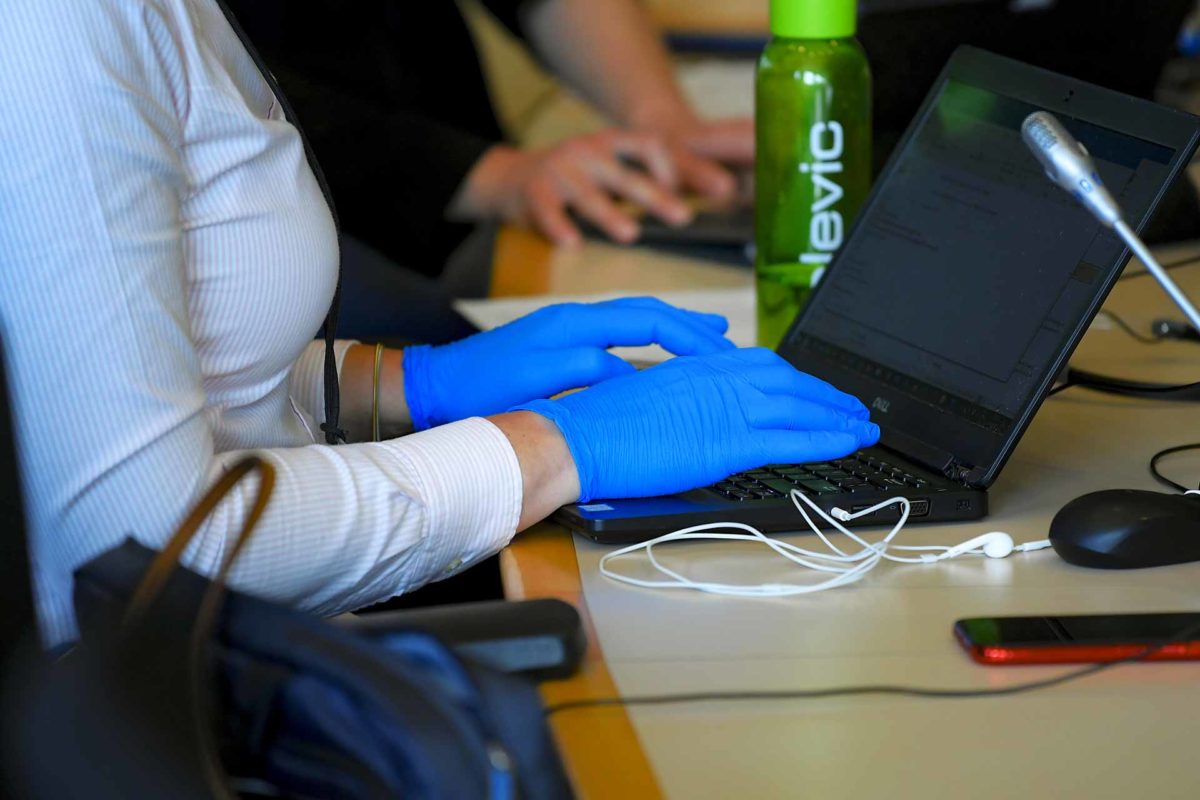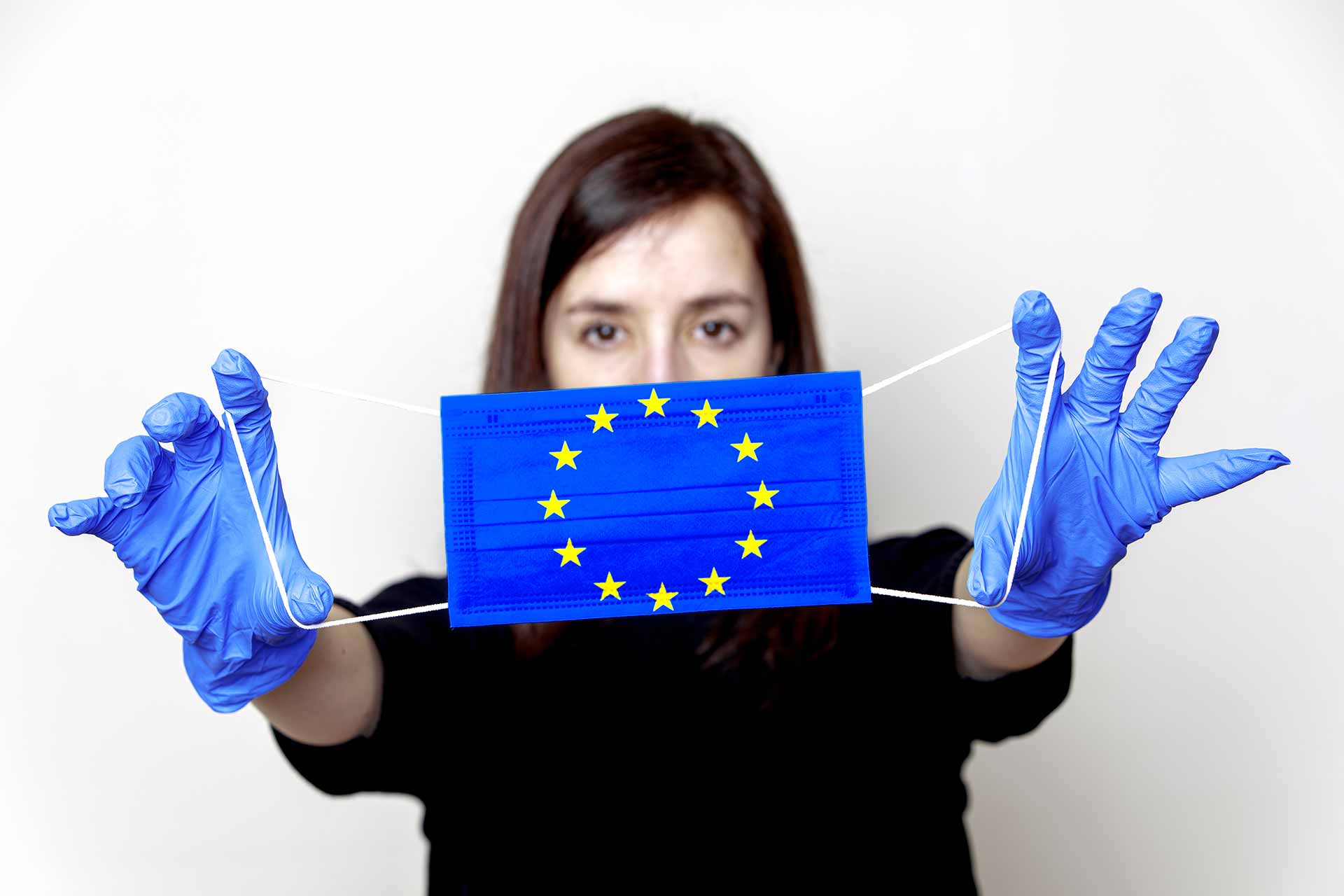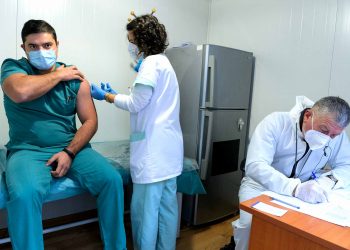A second wave of COVID-19 hits Europe as a tsunami of infections. Lockdown v2 is inevitable due primarily to the people relaxation. Governments are now strengthening regulations around mask-wearing and limiting the number of people that can gather in public spaces. COVID second wave drives more European countries back into lockdown.
According to the European Centre for Disease Prevention and Control, we need urgent lockdown V2 measures under EU coordination. COVID-19 cases has gripped countries across Europe. European countries reacted to institute lockdown measures. About 80% of countries across the European regions are seeing a growth in Covid-19 cases. Lockdown V2 measures are quite strict.
I think that this year’s Christmas will be a different Christmas.
President Ursula von der Leyen
‘Tsunami of infections’
Even countries that had largely avoided the first coronavirus wave—such as Czech Republic—are now seeing surges. Belgium raises prospect of ‘complete lockdown’ and announced a series of further restrictive measures. A second lockdown may be inevitable. Belgium’s Federal Health Minister Frank Vandenbroucke named the second Coronavirus wave a “tsunami” of Covid-19 infections.
A tsunami of infections, a snowball that is rolling. If it becomes an avalanche, battering hospitals and general practitioners, then we are in a terrible situation.
Frank Vandenbroucke, Federal Health Minister of Belgium
Spain, France, Italy and the Netherlands report spikes in infection rate. Europe braces for second wave of coronavirus. Rising infections in the last month have forced governments to consider tightening restrictions again. While some countries have seen COVID-19 case numbers return to what they were before the spring, others are being hit harder than ever. Even Britain, would see again the imposition of a full lockdown, including no mixing of households indoors or outdoors. More European countries have decided to reimpose nationwide lockdown measures to counter fast-rising coronavirus infection rates.
Is Lockdown the only solution to defeat COVID-19 in Europe?

Lockdown v2: How Europe is tackling the second wave?
EU Member States reopened their borders over the summer after months of lockdown. The relaxation of measures and border restrictions gave the opportunity to millions enjoy summer holidays but now everybody faces the lockdown V2. Some countries are closing their borders once again to travellers. EU governments are locking down people by region. They try to keep parts of the country and the economy open.
Lockdown V2 rules include exceptions for schools, workers, organized sports, weddings and funerals. The overall message is clear: as coronavirus rates rise face mask is an obligation, teleworking is a recommendation and cities reduce private contacts banning non-essential travel.
Ireland is the first country that will bring in the strictest lockdowns in Europe, imposing a 5km travel limit for six weeks. In Northern Ireland, the business closures and restrictions will last a month, while the usual one week half-term school break at the end of October will be extended by another week.
Paris and Brussels imposed overnight curfews. London banned people from different households from meeting indoors. In Berlin social gatherings are limited to just 10 people and bars and restaurants must close by 11 pm. This is a common rule in all German regions where infection rates are highest. The Netherlands was headed into “partial lockdown” to curb one of Europe’s most rapid coronavirus surges, with all bars, cafes and restaurants to close.

Telework in the EU
In many EU countries, more than half of the workers who have started working from home since the pandemic had no prior experience with teleworking. Since the outbreak of the Covid-19 pandemic working from home has become the norm for millions of workers in the EU and worldwide. Early estimates from Eurofound (2020) suggest that close to 40% of those currently working in the EU began to telework fulltime as a result of the pandemic.
A recent study provides a rough estimation of around 25% of employment in teleworkable sectors in the EU as a whole. Before the outbreak just 15% of the employed in the EU had ever teleworked. Large numbers of workers and employers alike are, in all probability, facing challenges in dealing with the sudden shift to telework. The extent of these difficulties, however, is likely to vary considerably, depending among other factors on the level of prior experience with telework.
Lockdown v2: European countries’ border restrictions and travel measures
EU Commission is coordinating a common European response to the coronavirus outbreak. On 13 October 2020, the Council adopted a recommendation establishing common criteria and a common framework on travel measures in response to the COVID-19 pandemic.
The recommendation aims to help member states take decisions based on the epidemiological situation region by region and country-by-country. A common colour-coded map broken down by region is available weekly. The European Centre for Disease Prevention and Control (ECDC) publish fresh data by member states.
The EU and the WHO urge European countries to take measures now to avoid a new confinement.
Member states should not restrict the free movement of persons travelling to or from green areas. If considering whether to apply restrictions, they should respect the differences in the epidemiological situation. Orange and red areas demand from citizens to act in a proportionate manner. EU States should also take into account the epidemiological situation in their own territory.
The COVID-19 pandemic has disrupted our daily lives in many ways. As the timeline for the pandemic remains fluid and uncertain, many questions remain.















